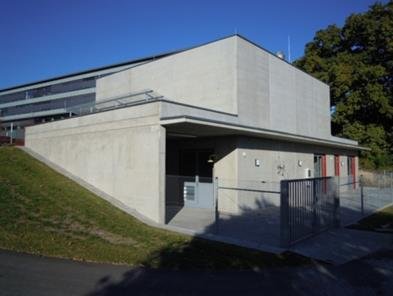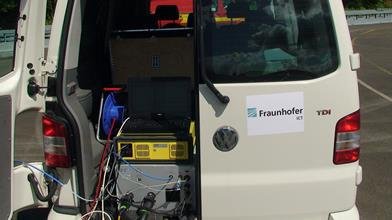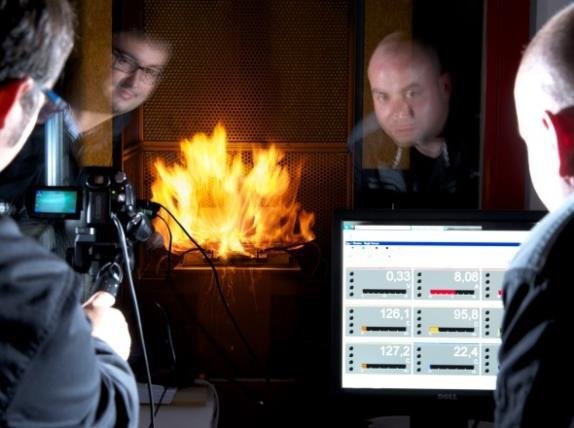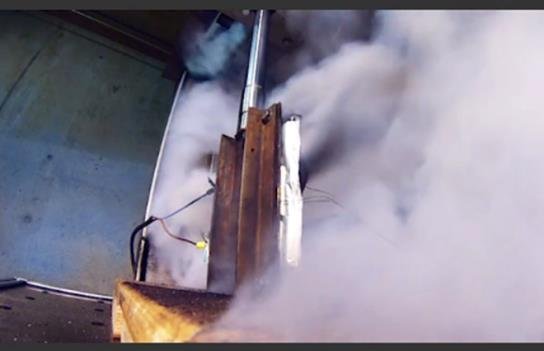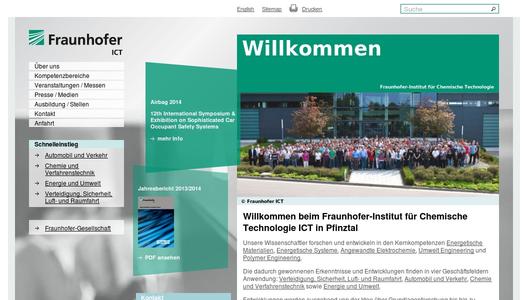Rechargeable lithium-ion batteries are finding increasing use in a wide variety of day-to-day applications. They have been applied in wireless tools such as drill hammers and cordless screwdrivers for several years. However, they are now expanding into other areas where so far only nickel-cadmium (NiCd) or nickel-metal hydride batteries (NiMH) have been used. Lithium-ion batteries are also increasingly being applied as stationary energy storage devices.
Three features make the application of Li-ion batteries particularly attractive: 1. their high energy density, 2. no significant memory effect, 3. their low self-discharge rate.
While the last two points are important to user satisfaction, the high energy density is a prerequisite for the long wireless runtime of mobile phones, laptops and other electronic consumer devices, despite the relatively small dimensions of the battery. In particular in the field of electromobility, i.e. electric cars and bikes, a high energy density is needed in order to achieve a sufficiently long range without increasing the mounting space of the battery. Unlike in conventional consumer devices, here numerous battery cells are installed in one battery pack. The more cells are installed, the greater the risk and severity of failure and accident.
Electromobility has therefore been an important driver of safety research on Li-ion cells. In this context, a battery testing facility was built at the Fraunhofer Institute for Chemical Technology (Fraunhofer ICT). It offers a wide variety of test set-ups for battery safety tests and in particular offers unique, targeted analytics of gases released or generated during these tests. This provides important information for the development and selection of (early-) warning sensors, which warn the consumer of hazards such as gas release or fires involving Li-ion batteries.
The various levels of battery safety, from cell level and battery modules through to complete battery packs with their battery management system (BMS), can be investigated. Comparative tests can also be carried out, for example to demonstrate improvements in the safety of electrolytes, separators or electrode materials.
Several well-known companies have commissioned engineers and researchers at the Fraunhofer ICT to test the worst case scenario and its consequences before the market introduction of products containing Li-ion batteries. This shows a high level of responsibility towards their market sector: doubts raised about any individual product operated with Li-ion batteries can damage the whole market sector. A good example of this is the way that a small number of fires involving electric vehicles were widely reported in the media and even caused a drop in the share price of the vehicle manufacturer concerned. The daily occurring fires involving cars with combustion engines, on the other hand, are not reported.
Two crash tests carried out on electric vehicles in collaboration with the German Federal Highway Research Institute (BASt) demonstrated that these analytics can be applied at external locations as well as at the site of the Fraunhofer ICT. With the help of a mobile but nevertheless very sensitive analytic tool the fire service could be given a "go-ahead" after the crash, as no inflammable or toxic gases had escaped and in both cases the battery of the electric vehicle was undamaged.
As the Fraunhofer ICT carries out its own research on battery systems, and is actively involved in Fraunhofer's Battery Alliance, the researchers at the Fraunhofer ICT are also aware of the requirements for testing future batteries and systems.
